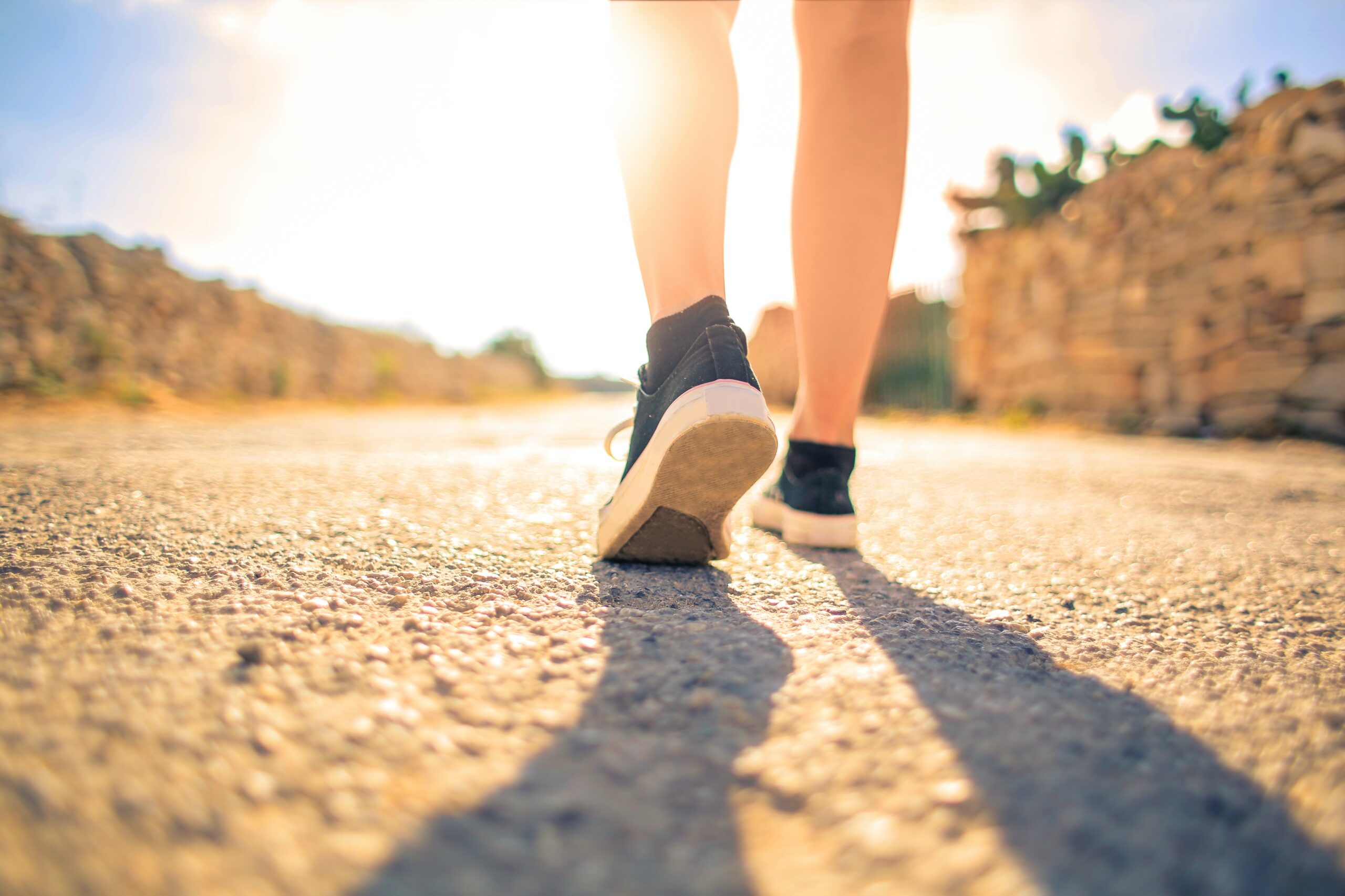Photo by Andrea Piacquadio
This summer has been hotter than normal in many parts of the country. Exercising in hot weather can be challenging and rewarding, but it also poses some serious health risks. Heat-related illness, such as heat exhaustion and heat stroke, can occur when the body’s temperature regulation system is overwhelmed by high temperatures and humidity. Heat-related illness can cause symptoms such as dizziness, nausea, headache, confusion, and fainting. In severe cases, it can lead to organ damage, coma, or death.
To avoid heat-related illness when working out in hot weather, it is important to follow some precautions and guidelines. Here are some tips to help you stay safe and healthy:
Stay hydrated. Drink plenty of fluids before, during, and after your workout. Water is the best choice, but you can also drink sports drinks or electrolyte solutions to replenish lost minerals and salts. It is generally advisable to limit the intake of sugary drinks. Avoid alcohol as it is a diuretic. Moderate consumption of caffeinated beverages, such as coffee, tea, or energy drinks, does not contribute to dehydration and can be counted as part of the daily fluid intake, according to scientific studies.
Wear appropriate clothing. Choose light-colored, loose-fitting, and breathable fabrics that allow sweat to evaporate and keep you cool. Avoid dark colors, tight clothes, and heavy fabrics that trap heat and moisture. Wear a hat, sunglasses, and sunscreen to protect yourself from the sun’s rays.
Adjust your schedule. Try to avoid working out during the hottest part of the day, usually between 10 a.m. and 4 p.m. If possible, exercise in the morning or evening, when the temperature and humidity are lower. You can also seek shade or indoor locations with air conditioning or fans. Avoid direct sunlight and asphalt, which can reflect heat and increase your body temperature.
Acclimatize yourself. If you are not used to working out in hot weather, start slowly and gradually increase your intensity and duration. It can take up to two weeks for your body to adapt to the heat and improve its cooling capacity. Listen to your body and do not push yourself beyond your limits or ignore signs of discomfort or fatigue. Take frequent breaks and rest in a cool place if you feel overheated or dizzy. Reduce the duration of your workout or split it into shorter sessions throughout the day.
Know the signs and symptoms of heat-related illness. If you experience any signs of heat exhaustion, such as heavy sweating, rapid pulse, weakness, fatigue, muscle cramps, nausea, or vomiting, stop exercising immediately and move to a cooler place. Drink fluids, apply cool compresses, or take a cold shower to lower your body temperature. If you do not feel better within an hour, seek medical attention. If you experience any signs of heat stroke, such as high body temperature (above 104°F or 40°C), hot and dry skin, lack of sweating, rapid breathing, altered mental state, or loss of consciousness, call 911 or get emergency help right away. Heat stroke is a life-threatening condition that requires immediate medical intervention.
Working out in hot weather can be enjoyable and beneficial for your fitness and well-being, but it also requires caution and care. By talking a few precautions, you can prevent heat-related illness and enjoy your workout safely.

